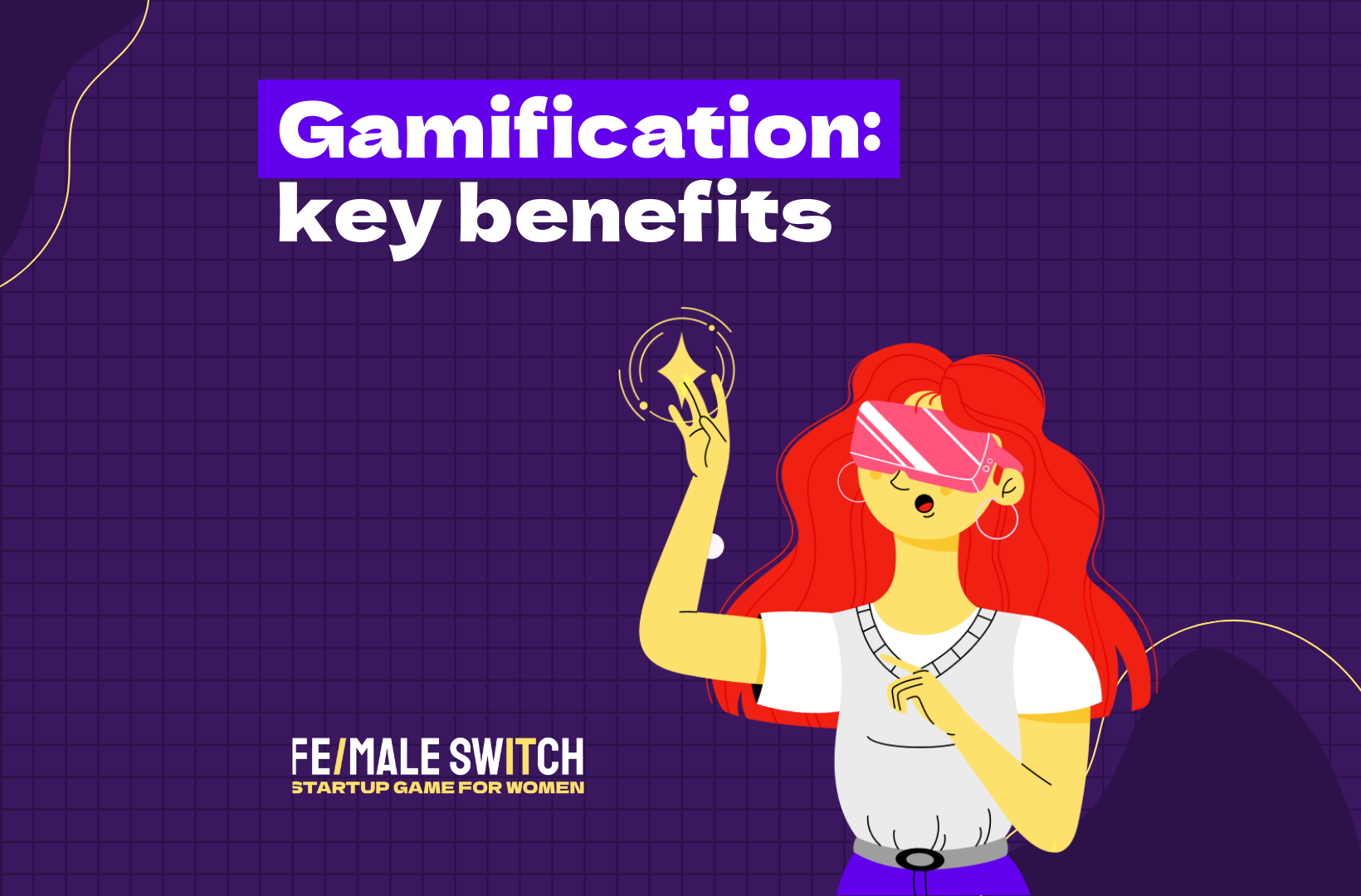The term has been around for quite a while and has already turned into a kind of a buzzword. But gamification is more than just a gimmick. Today HR professionals from all over the world carefully study its benefits in corporate training. Blending together gameplay and leveraging competitiveness not only makes a company’s corporate training more dynamic and engaging, it also significantly increases employees digital skills and performance.
How does gamification work?
The method works by providing audiences with feedback and proactive directives via game mechanics and dynamics. This leads to accomplishments of business goals and objectives. A compelling gamification experience taps into a participants emotions and demonstrates what the players can achieve, thus increasing motivation. The importance of this factor can be seen in business simulation games like Startup Simulator or Startup Company that can help you live up the real startup experience.
Generally gamification is about teaching people how to interact with each other, the company’s brand, products and services. Engagement with game mechanics provides insightful data that can help influence marketing campaigns, platform utilization and performance goals. You can later analyze the information derived from people’s experiences and find out more about what drives people’s interest.
What is the value of gamification in the workplace?
Gamification can be applied across a broad variety of situations where individuals need to be motivated. Here are some benefits that the method can bring to your working environment:
1) Make your workforce healthier
The importance of physical activity on the workplace was illustrated by an Australian study which found that employees who walked during their lunch breaks were less stressed than their more sedentary peers.
Reducing stress levels in workers is a good goal for any firm and employing corporate challenges can be a good way to achieve it. Projects such as Step Ahead: Zombies aim at using gaming techniques to encourage physical activity among workers. The project includes a walking challenge, with participants trying to outrun a virtual zombie invasion by taking steps in the real world. The game also encourages healthy competition among workers, as they are divided in two teams with each of them trying to reach “the safehouse” first. Those fail to walk enough are “caught” by zombies and henceforth join the zombie team.
2) Help the community by employing the method
Companies and entrepreneurs who use gaming strategies can give back to communities they work in. For example, Opower, a Software-as-a-Service (SAAS) company works with utility providers and uses Facebook to encourage people to track and share their energy consumption. Users may also compete to be the most energy efficient, receiving rewards as a result.
3) Gamification creates addiction to learning
When winning a game or achieving something our brain releases dopamine, rewarding us for the effort. This can be combined with game-based learning thus providing stimulation to learn more. Some companies are already employing gamification to teach their workers. For example, a software developer Red Hat used game techniques as a part of its immersive experience. The company used a game that allowed people to collaboratively build a Lego city. It helped the company to teach employees methods and practices it wants to use with customers.
4) Show future entrepreneurs how the Real World works
Every action a person takes has a consequence in the real world and there is no turning back. And as gamification is designed to simulate real-life scenarios, it helps to form and cement learners’ skills by applying them in a safe space. It helps learners to stop being afraid of a failure as virtual space is forgiving and mistakes there have no consequences. But in the same time it gives an opportunity to learn how to correct mistakes. This carrot-and-stick analogy helps learners understand, that their real-life actions will have real consequences too.
5) Add some competition to increase teamwork and cooperation
Games are often meant to be competitive. Applying gamification means fueling the desire to reach the top, which is especially important in the corporate world. Showing people their statistics and performance reviews helps to motivate them to beat their personal bests and push themselves to the limit. Add some leaderboards and you’ll see employees struggling to outperform a John from the Accountant department.
But don’t push it too far, as without teamwork it will undermine the spirit of your employees. Always remember to mix gaming techniques aimed at increasing performance with team-building activities as it ultimately leads to a better output.
Sign up for the official Fe/male Switch game launch here and build your startup together with other female founders! Don't wanna wait? Join our Startup School to get access to extensive cutting edge knowledge base about startup building.


